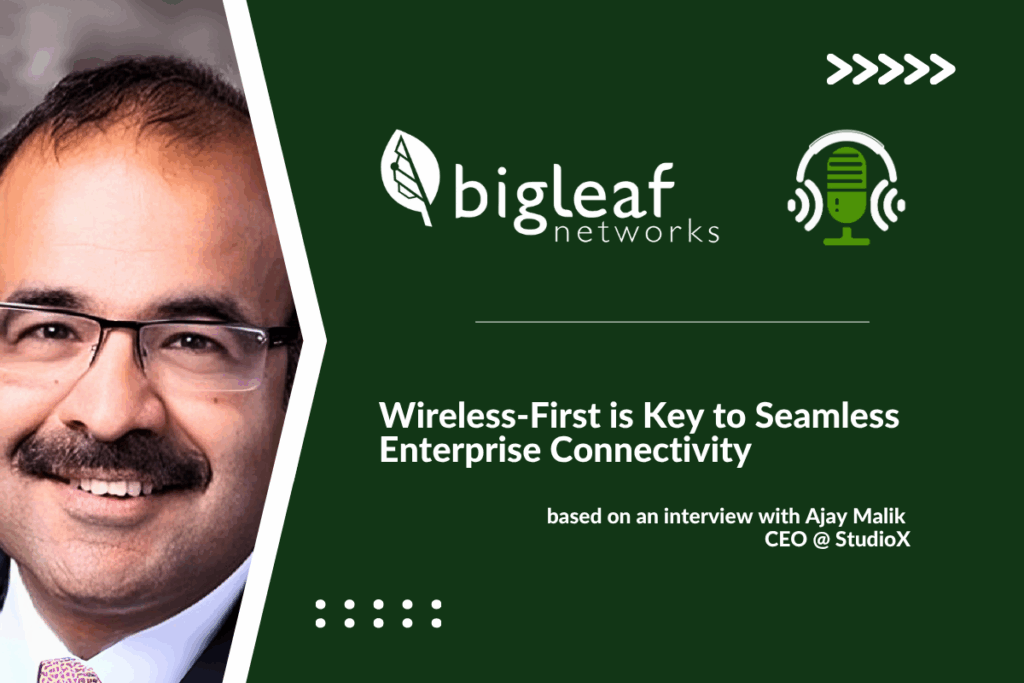Ajay Malik reframes Wi-Fi from a tactical connectivity choice into a strategic ROI lever. His core message is simple: wireless-first enterprise connectivity rollouts outpace cabling on both time and cost. Consequently, enterprises gain the flexibility to satisfy soaring demand for seamless access across devices and locations.
Rather than debating technical specifications, Ajay invites executives to view Wi-Fi through a financial lens. Faster deployments accelerate revenue recognition. Additionally, reduced CapEx strengthens cash flow—benefits that outstrip marginal speed differences in most real-world scenarios. Therefore, embracing wireless-first connectivity allows businesses to focus on strategic growth.
The Economics of Speed
Project overruns erode ROI faster than almost any other variable. Ajay explains that wireless installs avoid trenching permits, third-party crews, and unforeseen obstacles lurking in floors or walls. By employing strategies centered on wireless-first enterprise connectivity, they cut weeks or months from launch timelines. This yields immediate revenue benefits and minimizes contractor change orders.
When scaled across dozens or hundreds of branch locations, time savings translate into millions of dollars. This provides a meaningful competitive edge. CFOs increasingly recognize that the cheapest network is the one that goes live first and stays adaptable throughout its life cycle. Wireless-first connectivity plays a key role in achieving flexibility.
Wireless Everywhere, for Everything
Ajay pushes the conversation beyond laptops and phones. Wi-Fi now underpins asset tracking, environmental sensing, and soon-to-arrive wireless charging. Because one network can serve consumers, employees, and machines alike, companies gain economies of scale. They also simplify compliance and monitoring through strategies that embrace connectivity first in wireless enterprises.
Uniform coverage also accelerates digital-experience projects. Developers can assume persistent, high-performance connectivity when building AR-guided shopping apps or real-time inventory dashboards, and innovation cycles shorten because the infrastructure layer is already in place.
Redefining Risk Through Flexibility
Legacy concerns about interference and downtime distort modern risk assessments. Ajay points to modulation, channel planning, and AI-driven optimization advances that deliver wire-like consistency. He argues that continued dependence on cabling exposes companies to a different risk: a lack of agility. When sudden market shifts demand rapid expansion, relocation, or reconfiguration, they benefit from wireless-first connectivity.
Moreover, wired maintenance often involves invasive, schedule-driven work that can disrupt operations. Wireless changes are mostly software-based and can occur overnight. Decision-makers must weigh these trade-offs honestly rather than relying on outdated anecdotal fears.
Why Enterprises Should Lead with Wireless
The numbers favor wireless. Faster deployment, lower upfront cost, and universal applicability make Wi-Fi the logical foundation for digital expansion. Ajay Malik’s challenge to leadership teams is straightforward: quantify the opportunity cost of staying wired. Then consider how many strategic initiatives could move sooner if connectivity barriers disappeared through the lens of wireless-first enterprise connectivity strategies.
Based on a podcast interview with Ajay Malik, CEO of StudioX.
Let’s Go Beyond the Connection — explore more:
- 🎵 Listen on Captivate
- 📖 Episode Page on Bigleaf
- 📽️ Watch on YouTube
- 📬 Subscribe to the LinkedIn Newsletter
Related Links
